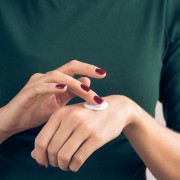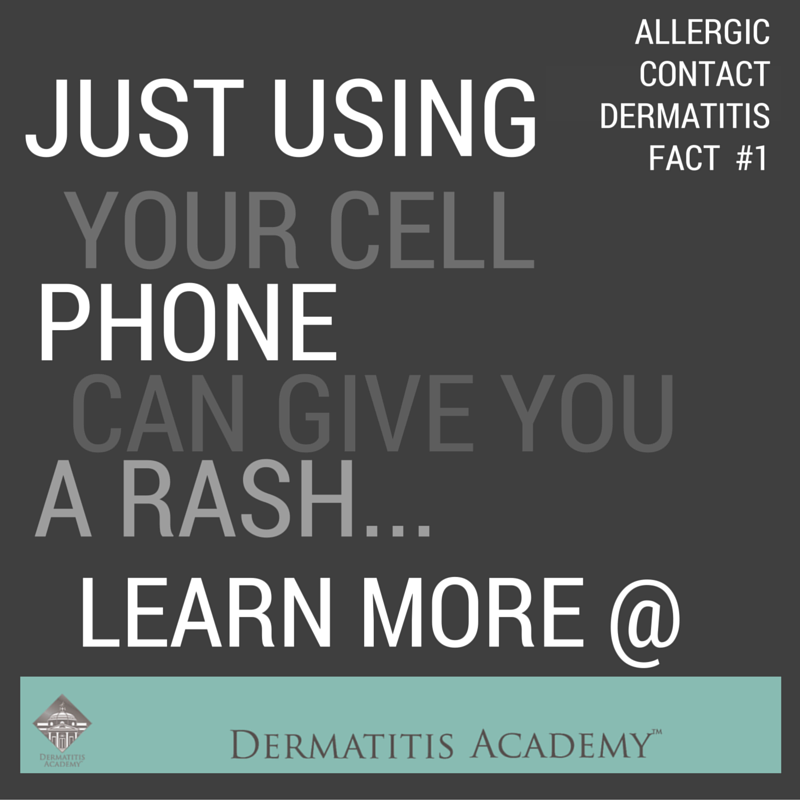Management of Nickel Allergy
Nickel allergy affects individuals of all ages and proves to be the number one sensitizing agent worldwide. Correct diagnosis is vital, as the localized or diffuse reactions that are associated with nickel allergic contact dermatitis may be confused with other conditions – resulting in delay of the appropriate care. Due to the increasing number of cases, there is an outstanding necessity to understand the source of sensitization, diagnosis, preventative/therapeutic strategies, and prognosis of nickel article.
This review by Chandler Rundle, BS. MSI, Loma Linda University of Management of contact dermatitis due to nickel allergy: an update. Fernanda Torres, Maria das Graças, Mota Melo, Antonella Tosti. In CLINICAL, COSMETIC AND INVESTIGATIONAL DERMATOLOGY, Vol 38 – 2009, pg 39-48 highlights:
Introduction
- Worldwide, the prevalence of nickel allergic contact dermatitis is about 8.6%. While prevalence in young women is approximately 17%
- A genetic predisposition may cause a higher prevalence of nickel allergy.
- In the United States, as much as 16.2% of the US population has had a reaction to nickel.
Source of Sensitization
- Sensitization can occur from exogenous (skin contact) or endogenous (oral, inhalation) exposure with products containing nickel.
- Nickel allergy may be associated with other metal allergies, such as chromium and cobalt and allergy to one metal may increase the reactivity to another metal.
Diagnosis
- Clinical features of nickel allergic contact dermatitis include localized primary eruptions, characterized by recurrent lesions at sites of direct contact with nickel.
- Sensitized individuals may experiences systemic allergic contact dermatitis (reactions at distant sites or from an inhalational, ingestion, implantation dose). Reactions occur in a dose-response relationship
- While nickel contact allergy is diagnosed with patch testing, the test only measures sensitization; not clinical disease
- Positive patch tests to nickel are seen in 10-30% of women, 2-8% of males, 15.9% of children, and 13.7% of individuals older than 65.
- Dimethylgloxime (DMG) spot-test is a method used to identify items that contain nickel. Items with a positive result may induce dermatitis.
- Other methods, such as oral provocation (stimulation), lymphocyte proliferation, and the prick test, can also be used to detect nickel allergic contact dermatitis, but are not routinely suggested.
Preventative Strategies
- The most sure way to prevent recurrence of dermatitis is to avoid skin contact with items that release nickel.
- Additional measures, such as use of antiperspirants or decrease in smoking, can decrease the recurrence of allergic contact dermatitis.
Therapeutic Strategies
- Nickel allergic contact dermatitis may have varying clinical manifestations. Thus, it is important to recognize that these manifestations may require different forms of therapy.
- Steroids, calcineurin inhibitors, psoralen plus UV-A, disulfiram, binding agents/barrier creams, and posttibly a low nickel diet serve as therapies in differing capacities.
Occupational Allergy
- Occupational allergy often presents as hand eczema, which can lead to the inability to work.
- In addition to preventative and therapeutic strategies needed to prevent recurrence, conditions in the workplace environment must also be improved.
Prognosis
- Nickel sensitization is a lifelong condition, but with early diagnosis and proper management (through avoidance), prognosis of this condition is often good and remission sustained.
- Factors that may worsen the prognosis include, ‘continuous nickel exposure, involvement of the hands, secondary bacterial infection, history of atopic dermatitis, and multiple contact allergies.’ [Multiple contact allergies – polysensitization]





